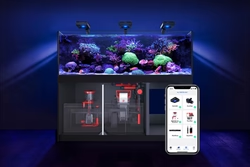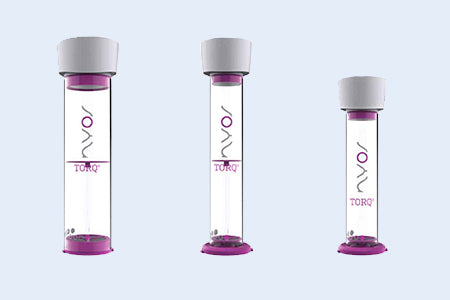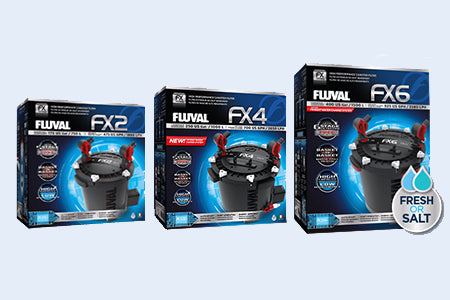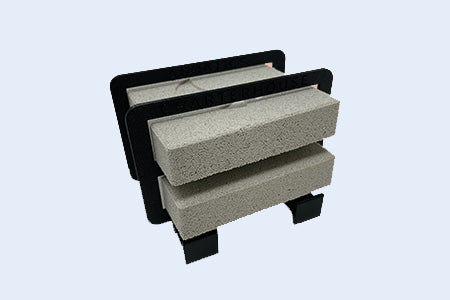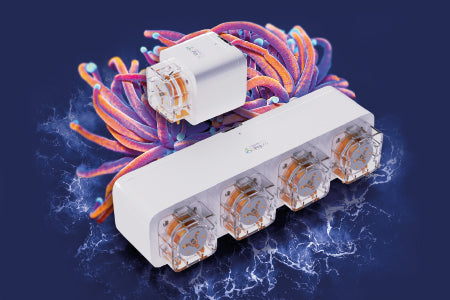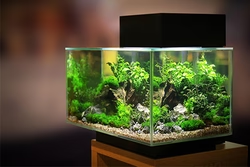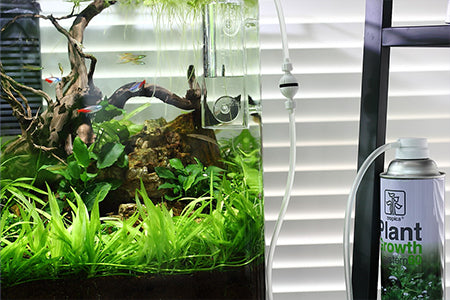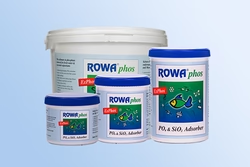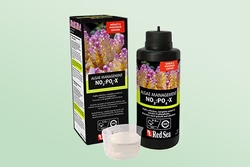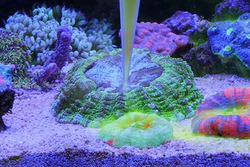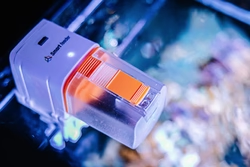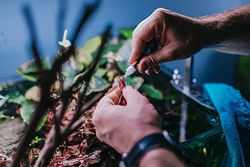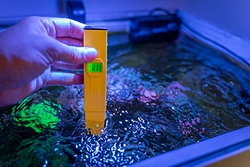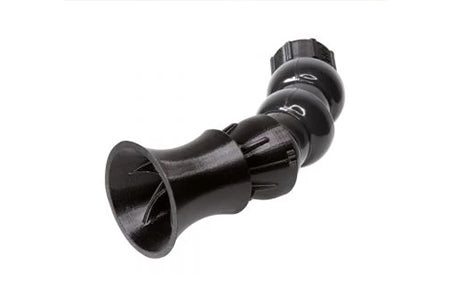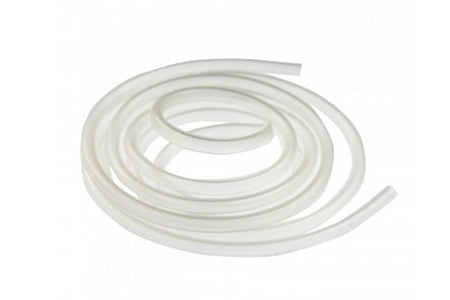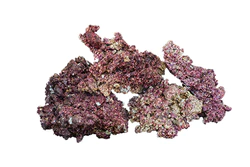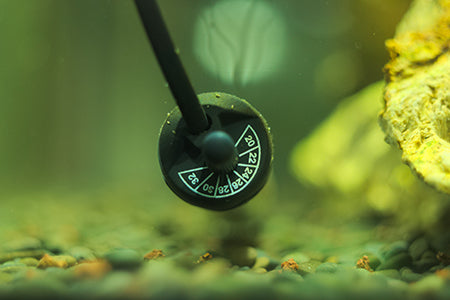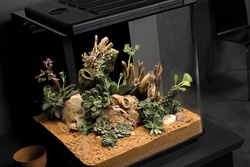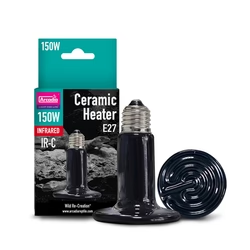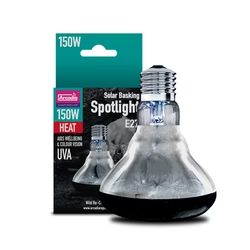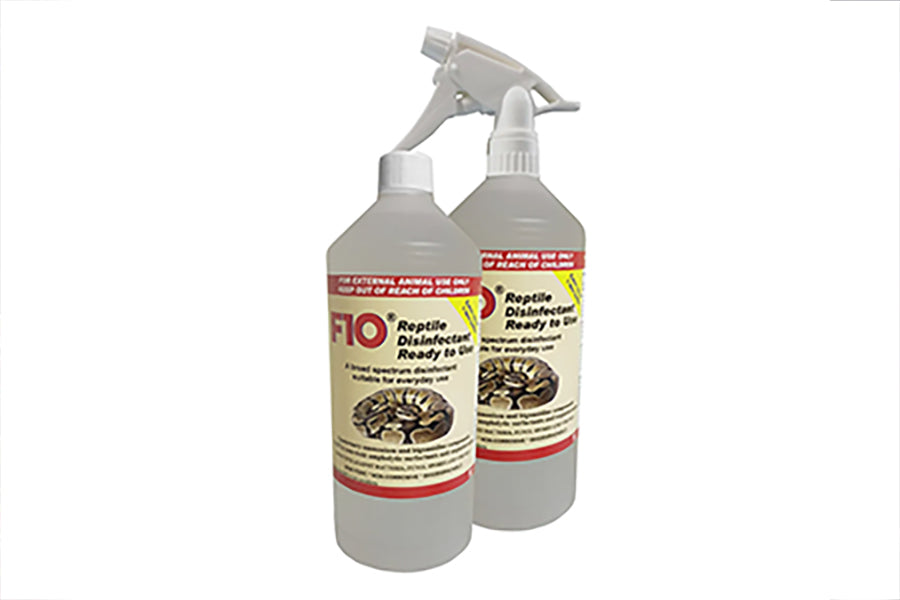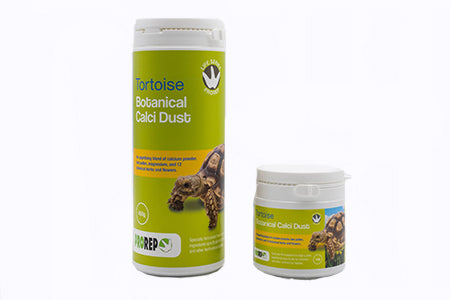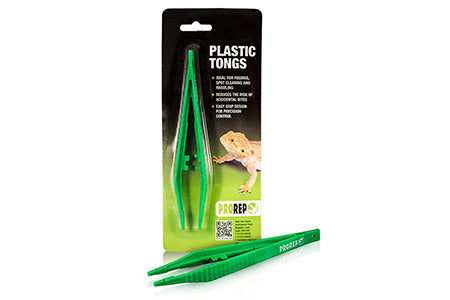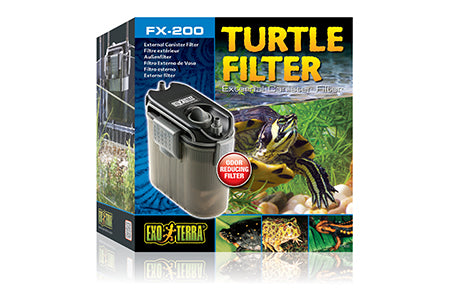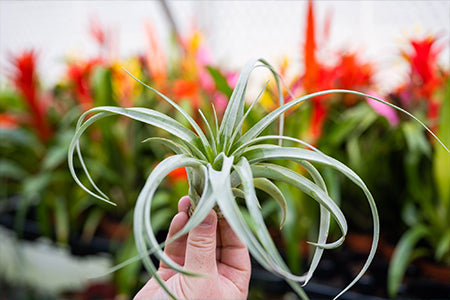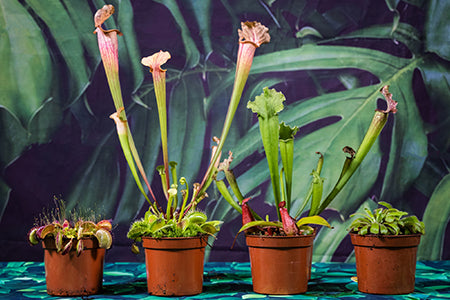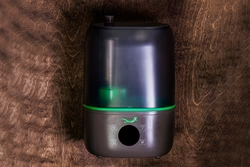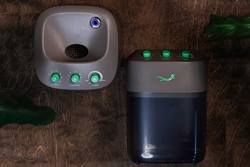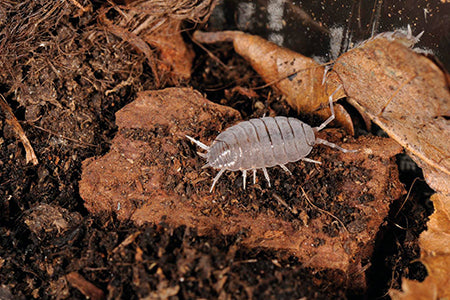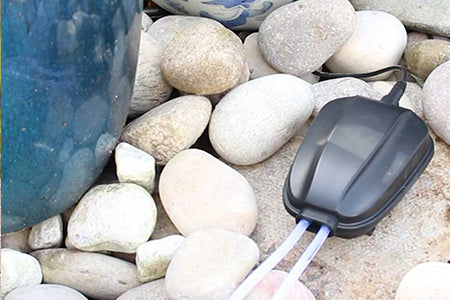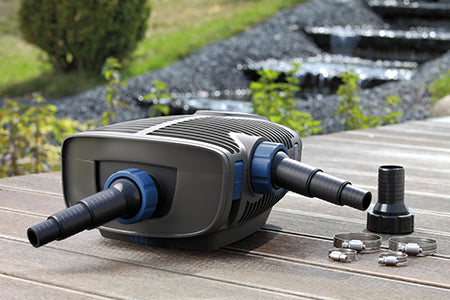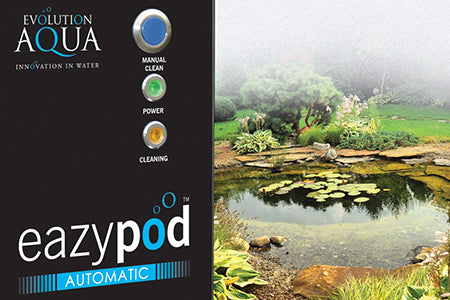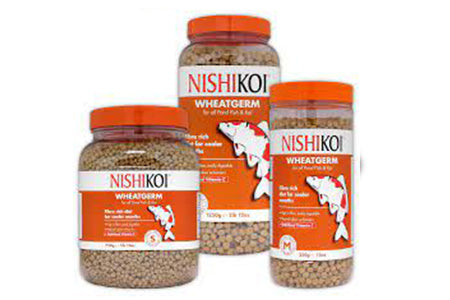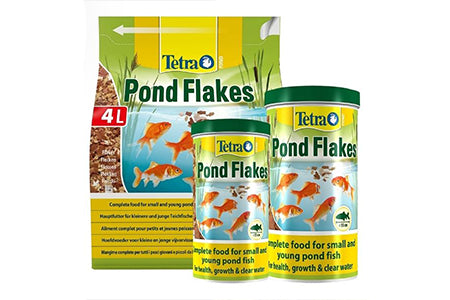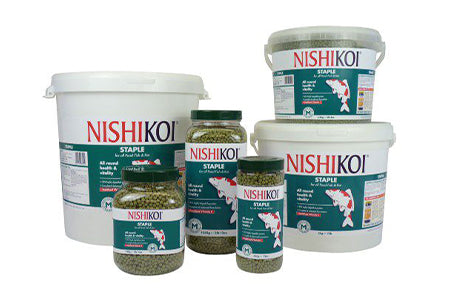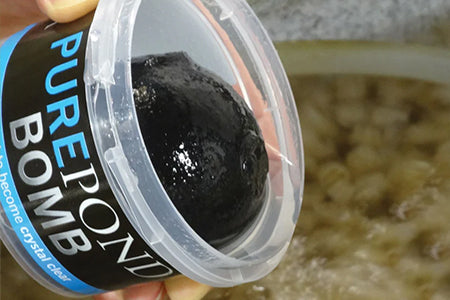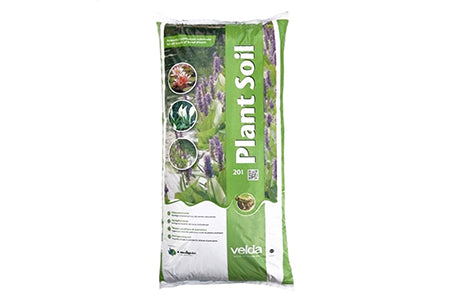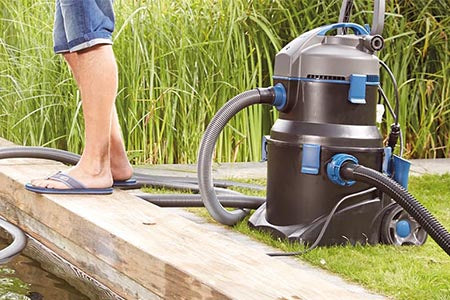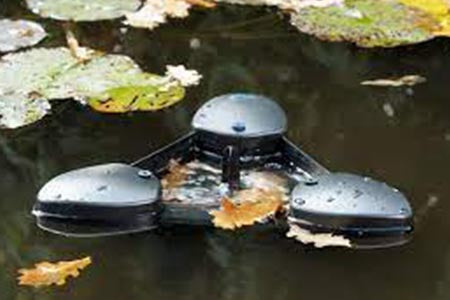Algae: the eternal nemesis of aquarists everywhere. It seems like no matter how hard you try, those green invaders always find a way to take over your beautiful tank. But fear not, fellow fishkeeper! With the right approach, you can beat algae and enjoy a crystal-clear aquarium. In this relaxed and informal guide, we’ll talk about how many water changes it might take to get rid of algae and share some tips and products from Charterhouse Aquatics to help you along the way.
Why Does Algae Appear?
Before we dive into the solution, it’s important to understand why algae might be taking over your tank:
- Excess Nutrients: Algae thrive on nitrates and phosphates, which can accumulate from overfeeding, decaying plants, or fish waste.
- Too Much Light: Excessive or prolonged lighting can encourage algae growth.
- Imbalanced Ecosystem: An imbalance in your aquarium’s ecosystem, including insufficient plant growth or inadequate filtration, can create ideal conditions for algae.
The Role of Water Changes
Water changes are one of the most effective ways to manage algae. They help remove excess nutrients and improve overall water quality. But how many water changes will it take to beat algae? The answer depends on the severity of the problem and your tank’s specific conditions. Here’s a general guideline to get you started.
Step-by-Step Guide to Beating Algae with Water Changes
1. Assess the Situation
First, take a good look at your tank. How bad is the algae problem? If it’s a light dusting, you might need fewer water changes. If it’s a full-blown green nightmare, it’ll take more effort.
2. Perform a Deep Clean
Start with a thorough cleaning:
-
Scrub the Glass: Use an algae scraper to remove algae from the glass.
- Recommended Product: Fluval Algae Magnet Cleaner
-
Vacuum the Substrate: Remove detritus and uneaten food from the substrate.
- Recommended Product: Python No Spill Clean and Fill Gravel Cleaner
- Clean Decorations: Take out and clean any rocks, driftwood, or artificial plants.
3. Begin Regular Water Changes
Start with significant water changes to reduce nutrient levels:
- First Week: Perform 30-50% water changes every other day.
- Second Week: Continue with 30% water changes twice a week.
- Third Week: Reduce to 25% water changes once a week.
4. Monitor Water Parameters
Regular testing will help you track your progress:
-
Test for Nitrates and Phosphates: These are the primary nutrients algae feed on.
- Recommended Product: API Freshwater Master Test Kit
5. Adjust Lighting
Too much light can fuel algae growth:
- Reduce Lighting Duration: Aim for 6-8 hours of light per day.
- Use a Timer: Automate your lighting schedule.
6. Add Live Plants
Live plants compete with algae for nutrients, helping to keep it under control:
-
Fast-Growing Plants: Such as hornwort and anacharis, can outcompete algae.
- Recommended Product: Tropica Hornwort
7. Use Algae Inhibitors
In addition to water changes, using algae inhibitors can be very effective:
-
Liquid Algae Control: Helps reduce algae growth without harming fish or plants.
- Recommended Product: Seachem Excel
8. Introduce Algae-Eating Fish or Invertebrates
Adding algae-eating inhabitants can naturally control algae levels:
- Amano Shrimp: Excellent at eating various types of algae.
-
Siamese Algae Eaters: Active algae eaters.
- Recommended Product: Amano Shrimp
Keeping Algae at Bay
Once you’ve tackled the initial algae problem, maintaining regular water changes and monitoring your tank’s conditions are key to preventing a recurrence:
- Weekly Water Changes: Perform 25% water changes weekly to keep nutrient levels low.
- Regular Maintenance: Clean the glass, substrate, and decorations regularly.
Conclusion
Beating algae is all about consistency and balance. By following a structured water change regimen, adjusting your lighting, adding live plants, and possibly using algae inhibitors, you can keep your tank clear and beautiful. For all your aquarium needs, including the best products to combat algae, visit Charterhouse Aquatics.
Happy fishkeeping and here’s to a sparkling, algae-free tank!
